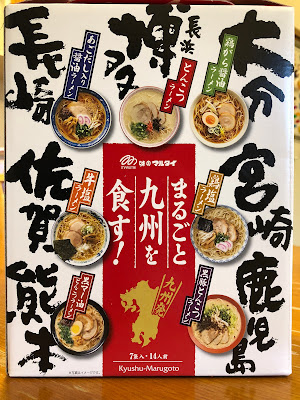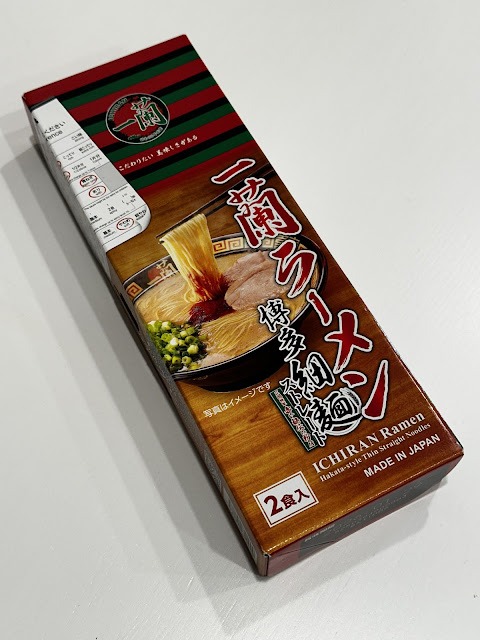Simplified Tokyo Train Map for Tokyo Stories
Tokyo Stories - Visitors' Introduction: Supplement #1
In my guide book, Tokyo Stories, I have characters taking the train and cover the major districts to visit. I didn't include a train map, as there are free and official apps such as the Tokyo Metro App that show you how to navigate, or even Google Maps. This post shows the relative positions of the districts and key train stations to get a general understanding of the layout of Tokyo.
Getting around Tokyo is pretty easy once you have a SUICA or PASMO IC Card (you can obtain these at the airport when you arrive from the train offices or bilingual vending machines). While the entire subway and train system in Tokyo is quite a maze, a few main lines can get you most places. In the much simplified train map below, you can see that most major areas are connected by direct trains. Do remember there are many ways to get to places and that 90% of the stations or lines are not shown on this map.
The simplified train and subway map above has the major train stations in orange, other stations in light blue, with key attractions shown in the purple stars. The iconic Yamanote Line is an important train line that links all of the main train stations in a loop and it is represented in green. The Marunouchi Line is an important train line for going east to west, and connects Shinjuku, Ginza, Tokyo Station, and Ikebukuro Station. The subway lines are generally faster than the Yamanote Line for moving long distances, but the Yamanote Line is simpler to access.
Fortunately, most of the major train stations in Tokyo have the same name as their district, so the map above is also a good representation of relative location of the districts to each other. On the map, you will see that the time it takes to get between stations is show, so the greater the distance, the farther the districts are apart. Ikebukuro is in the NE corner of Tokyo, just as Shinagawa is in the SW, with Tokyo Station being centrally located in eastern Tokyo.
Districts on the West Side of Central Tokyo are:
Roppongi is pretty much in the middle by itself.
In the book, the CORE DISTRICTS TO VISIT were:
If you visited Shinjuku twice in one day from Ginza, that is a total of 4 trips on the train, eating up almost 1.5 hours of transit time. Also, some train connections take much longer than other ones. For example, taking the Yamanote Line between Shinjuku and Ikebukuro takes 12 minutes, while taking the Marunouchi Line takes 38 minutes as it takes you all the way east to Ginza before it turns and heads NW to Ikebukuro. Many places can be reached by one train without a transfer, but some places like Roppongi usually require a transfer.
Happy Visits.
Supplements to the Tokyo Stories book
Supplement #1 - Simplified Tokyo Train Map for Tokyo Stories
Supplement #2 - Sights and Experiences Checklist for Tokyo Stories
In my guide book, Tokyo Stories, I have characters taking the train and cover the major districts to visit. I didn't include a train map, as there are free and official apps such as the Tokyo Metro App that show you how to navigate, or even Google Maps. This post shows the relative positions of the districts and key train stations to get a general understanding of the layout of Tokyo.
Getting around Tokyo is pretty easy once you have a SUICA or PASMO IC Card (you can obtain these at the airport when you arrive from the train offices or bilingual vending machines). While the entire subway and train system in Tokyo is quite a maze, a few main lines can get you most places. In the much simplified train map below, you can see that most major areas are connected by direct trains. Do remember there are many ways to get to places and that 90% of the stations or lines are not shown on this map.
The simplified train and subway map above has the major train stations in orange, other stations in light blue, with key attractions shown in the purple stars. The iconic Yamanote Line is an important train line that links all of the main train stations in a loop and it is represented in green. The Marunouchi Line is an important train line for going east to west, and connects Shinjuku, Ginza, Tokyo Station, and Ikebukuro Station. The subway lines are generally faster than the Yamanote Line for moving long distances, but the Yamanote Line is simpler to access.
Fortunately, most of the major train stations in Tokyo have the same name as their district, so the map above is also a good representation of relative location of the districts to each other. On the map, you will see that the time it takes to get between stations is show, so the greater the distance, the farther the districts are apart. Ikebukuro is in the NE corner of Tokyo, just as Shinagawa is in the SW, with Tokyo Station being centrally located in eastern Tokyo.
Districts on the West Side of Central Tokyo are:
- Ikebukuro - far NW, and you get here by train - don't walk it.
- Shinjuku and Shibuya - West, and they are close enough to be walkable together, but on the long side - take the train if you can (unless you want to explore).
- Harajuku and Omotesando are walkable together, with a longer walk to them from Shibuya (take the train to Shibuya in most cases).
- Ueno - NE - take the train here.
- Akihabara - North east-ish and north of Tokyo Station. Take the train here.
- Tokyo Station (Marunouchi) - East, and pretty much central to many train lines, especially the bullet trains. Imperial Palace East Gardens Access is from here.
- Ginza - East, and it is a important hub to go to the Skytree and to the other side of town for Shibuya, Shinjuku, and Ikebukuro). You can walk between Shimbashi, Ginza, and Tokyo Stations. Odaiba access is via Shimbashi.
- Skytree is walkable from Asakusa, but take the train from anywhere else.
- Shinagawa is in the SE corner.
Roppongi is pretty much in the middle by itself.
In the book, the CORE DISTRICTS TO VISIT were:
- Shinjuku - easily reached by main train lines like Marunouchi, Chuo, Yamanote.
- Harajuku - Yamanote line, but also walkable from Shinjuku or Shibuya.
- Omotesando - The Ginza Line.
- Shibuya - Yamanote Line, Ginza Line.
- Ginza - Marunouchi, Ginza Line. Ginza is a major station for heading up towards the Skytree.
If you visited Shinjuku twice in one day from Ginza, that is a total of 4 trips on the train, eating up almost 1.5 hours of transit time. Also, some train connections take much longer than other ones. For example, taking the Yamanote Line between Shinjuku and Ikebukuro takes 12 minutes, while taking the Marunouchi Line takes 38 minutes as it takes you all the way east to Ginza before it turns and heads NW to Ikebukuro. Many places can be reached by one train without a transfer, but some places like Roppongi usually require a transfer.
Happy Visits.
Supplements to the Tokyo Stories book
Supplement #1 - Simplified Tokyo Train Map for Tokyo Stories
Supplement #2 - Sights and Experiences Checklist for Tokyo Stories
 |
| Get the Tokyo Stories ebook here. |













Comments
Post a Comment